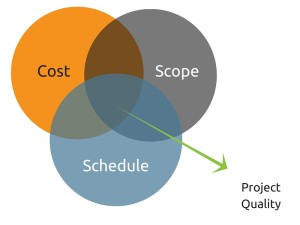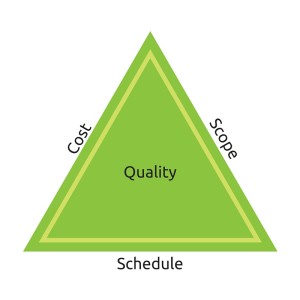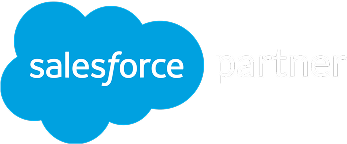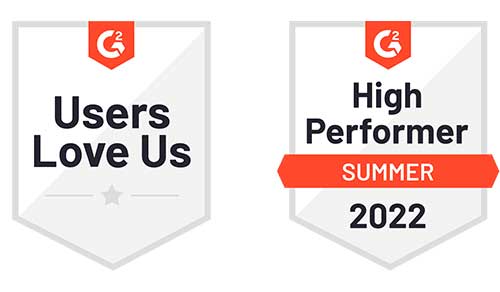With the triangle methodology, it’s easy to see how changing any one of these elements affects the overall scope of the project. For example, if you reduce the project budget, then both your schedule and scope may be impacted – thus changing the measure of project quality.
Using Project Management Equilibrium in Project Planning
Successfully executing on projects begins with a strong project plan – including defining your project scope, schedule, and anticipated cost. This gives your team a foundation for understanding what work needs to be done, and under what time and budgetary constraints. At any time that a project change comes up, you can look back to your project plan to verify if the change request is in scope, and what the impact on the cost and schedule would be.
Maintaining the Project Management Equilibrium
Without active project management, it’s easy to lose sight of any one of these components in the effort to get the job done. A team member may spend too long on a project task, driving up the project costs. The client may request additional features, changing the project scope. You may have another, bigger project that comes in that needs to be started before the completion date of a previous project – thus impacting the project schedule.
Implementing a project management solution, like Cloud Coach, can help you maintain your project equilibrium by keeping actively tracking your progress on budget and schedule, as well as entering any risks or issues that may affect project scope.
Changes and the Project Management Equilibrium
Striving to maintain project management equilibrium doesn’t mean that your project can’t evolve or change. It does mean that as one changes, the others may also need to change in order to maintain project quality.
For example, let’s look at a development company building a new website for a client. The client calls and has the opportunity for major press coverage – but they need their website launched 30 days earlier. This change would impact the schedule of the project. In order to accommodate the new launch date, either the project cost would need to change, or the scope. You go back to the client with two options:
- Option A. Maintain the project scope, but the price of the project increases. This would allow you to prioritize the project, and if needed, bring in additional contract support to achieve the scope within the new schedule.
- Option B. Reduce the project scope, and maintain the price of the project. This would allow you to complete the highest priority components of the project within the new schedule.
Approaching the client with these options allows you to maintain the project balance, and gives ownership of the scope changes to the client. As the project manager, it gives you a clear direction to ensure that your projects will meet the client’s expectations and quality standards.
How do you monitor your project cost, scope and schedule? Request a Cloud Coach demo today to learn more about how we can help you deliver high quality projects on time, and within budget.



























